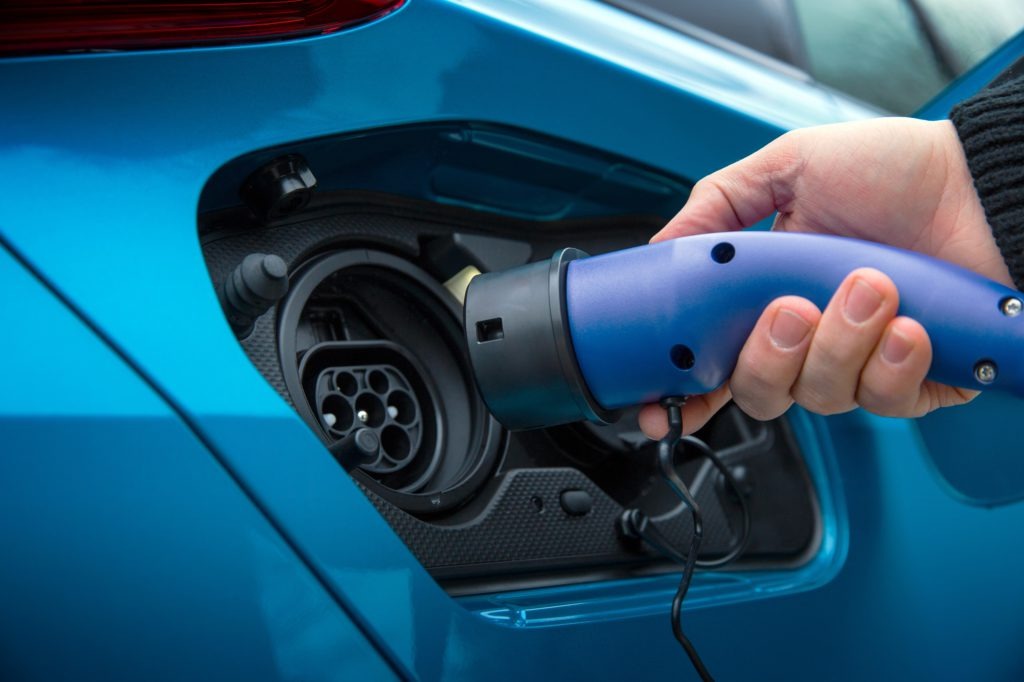Affordability remains a big barrier to EV adoption in EU
12 July 2021

Last year, more than one in ten EU-registered cars was an electrically-chargeable vehicle (EV). However, uptake looks to be directly linked to gross domestic product (GDP) per capita, as issues of affordability remain prominent.
The European Automobile Manufacturers’ Association (ACEA) has unveiled this major trends as part of its 2021 Progress Report – Making the transition to zero-emission mobility. Now in its fourth edition, this annual statistical publication monitors the affordability of zero-emissions vehicles and the availability of essential infrastructure.
‘To continue this progress on the road to zero, the European Commission must now urgently ensure that all the right conditions are in place – and that no countries or citizens are left behind. Zero-emissions vehicles must be affordable and convenient for everyone,’ said Eric-Mark Huitema, ACEA director-general.
Analysing adoption
According to ACEA’s new report, 5.4.% of all cars sold last year were battery-electric vehicles (BEVs) and 5.1% were plug-in hybrids (PHEVs). This resulted in rises of 5.1 and 4.9 percentage points (pp) since 2014 respectively. ACEA noted that sales of BEVs doubled between 2019 and 2020, while PHEV sales more than tripled.
At the thinner end of the wedge, 0.6% of all cars sold were powered by natural gas, and 0.01% were hydrogen fuel-cell vehicles. In terms of commercial vehicles, 4.2% of new vans sold last year were alternatively powered; 1.9% were BEVs (up 1.3 pp), and only 0.1% were PHEVs.
Internal-combustion engine (ICE) models did continue to dominate in 2020, holding 75.5% of the market. However, this a significant drop on previous years. For example, after 7.5 million petrol cars were registered in 2019, demand dropped to 4.7 million units last year, only 539,709 more than in 2014. During the same period, demand for diesel cars declined by nearly 2.6 million units.
However, these trends must be understood within the context of an extremely turbulent 2020. Last year, COVID-19 froze manufacturing lines, increasing lead-times. Additionally, sales suffered as showrooms shut, and consumer-spending power plummeted. While demand for ICE vehicles declined accordingly, green government incentives continued to boost the popularity of EVs.
Assessing affordability
Another problematic trend ACEA identified was the correlation between a country’s EV registrations and its GDP per capita. Affordability looks to exist as a continuing barrier to adoption. So, while EVs made up 10.5% of EU new-car registrations last year, 10 member states had a market share lower than 3%.
Countries with a total share of EVs lower than 3% had an average GDP lower than €17,000, including Central and Eastern European markets as well as Greece. For example, Cyprus only saw 42 electric-car sales last year, accounting for a market share of 0.5%.
On the other side of the coin, 73% of all-electric car sales are concentrated in just four Western European counties with some of the highest GDP. A market share of more than 15% for EVs is only found in richer countries in Northern Europe with an average GDP of over €46,000. Sweden, the Netherlands, Finland and Denmark accounted for almost three quarters of all EU electric-car sales.
‘As is the case with the distribution of charging infrastructure, there is a clear split in the affordability of electric cars between Central-Eastern Europe and Western Europe, as well as a pronounced North-South divide,’ said Huitema.
Inspecting infrastructure
On the topic of infrastructure, while there has been substantial growth since 2014, up 750%, ACEA points out the total number of available charging points across the EU (less than 225,000) falls short of what is needed. Furthermore, under 25,000 of those points were found to be suitable for fast charging (with a capacity of over 22kW). Just one in nine of the EU’s charging points is a fast charger. Meanwhile, ‘standard’ points account for the vast majority (around 200,000).
Again, the spread of this infrastructure was hugely uneven. Some 70% of all EU stations can be found in the Netherlands (66,665), France (45,751) and Germany (44,538). These three countries only make up 23% of the EU’s total surface area. ACEA calculated that a further 50% decrease in car CO2 emissions by 2030 would require some 6 million public points. This equates to a 27-fold increase in less than a decade.
This is why carmakers are calling for incentives to stimulate sales in the long run, as well as binding infrastructure targets for each member state. This publication and request comes ahead of this week’s expected proposals for EU-wide car CO2 targets and a review of the Alternative Fuel Infrastructure Directive (AFID) – both of which form part of the European Commission’s ‘Fit for 55’ climate package.
Follow us on Twitter @autovista24 for all the latest updates on the ‘Fit for 55’ package.


